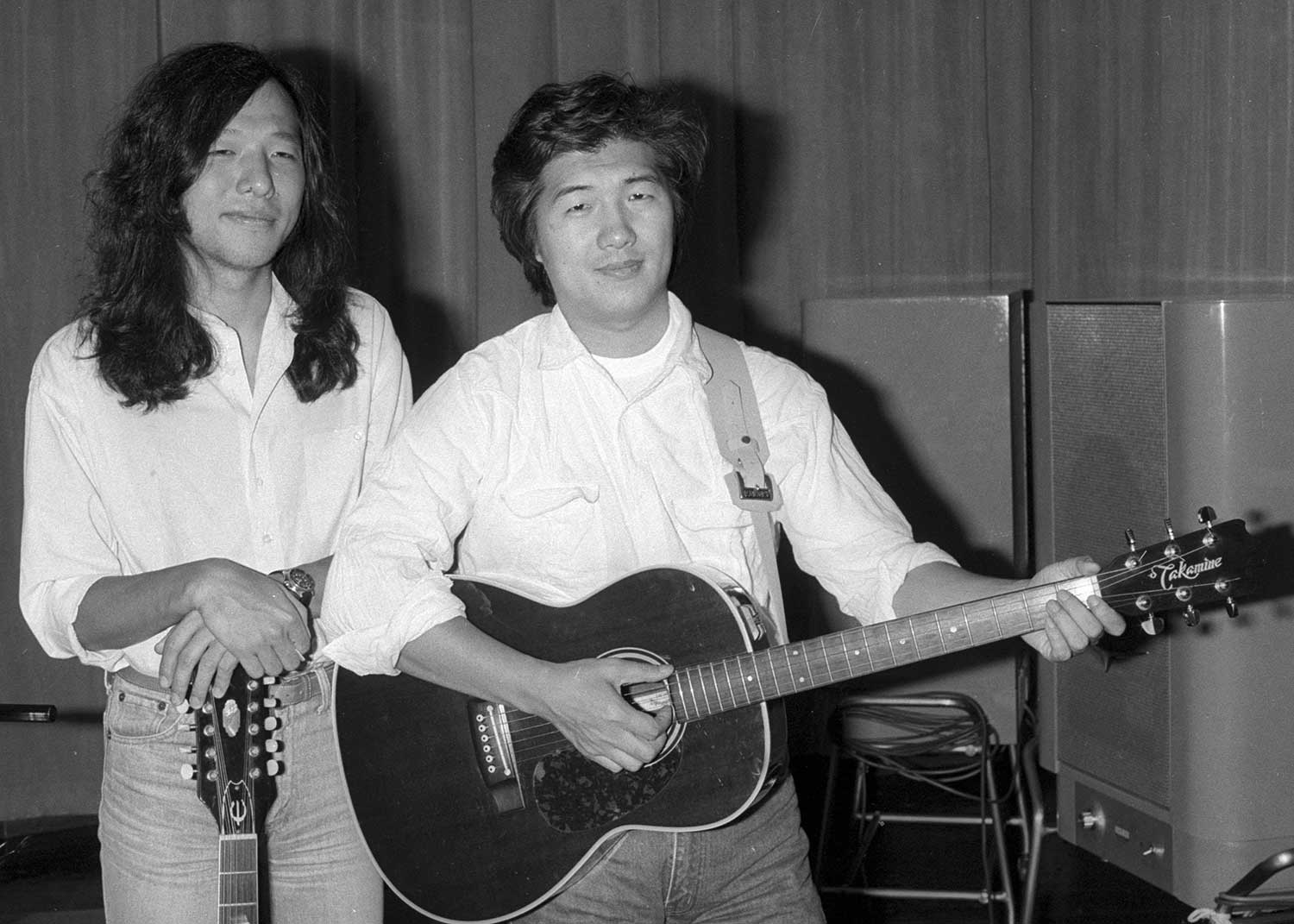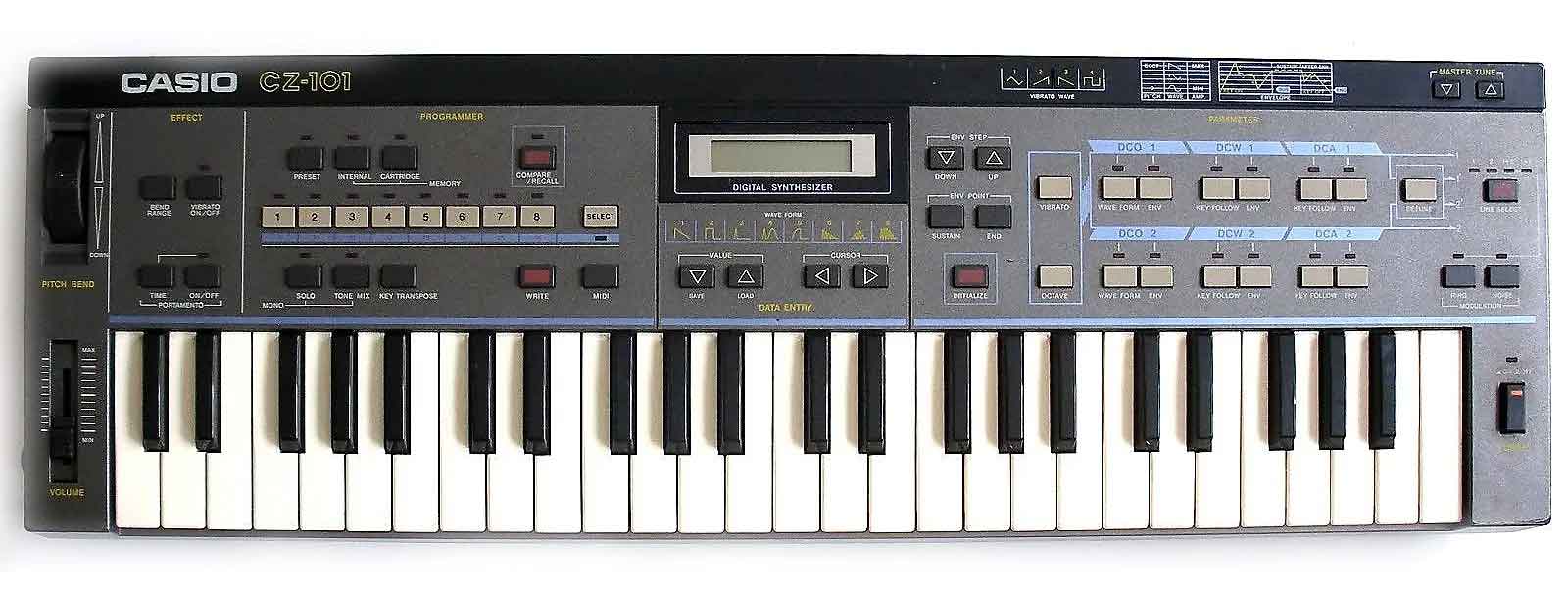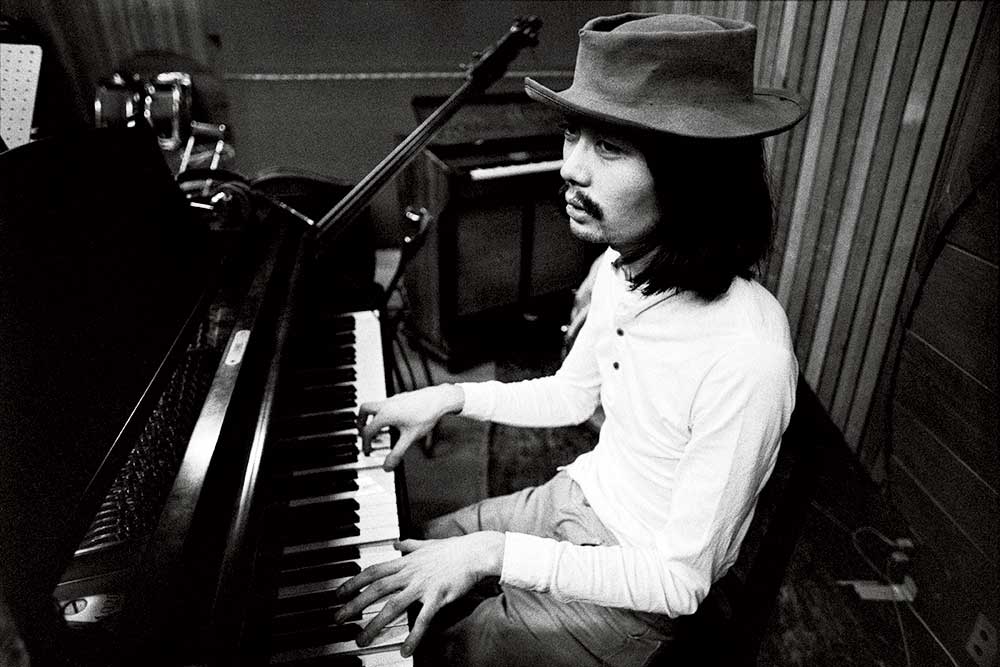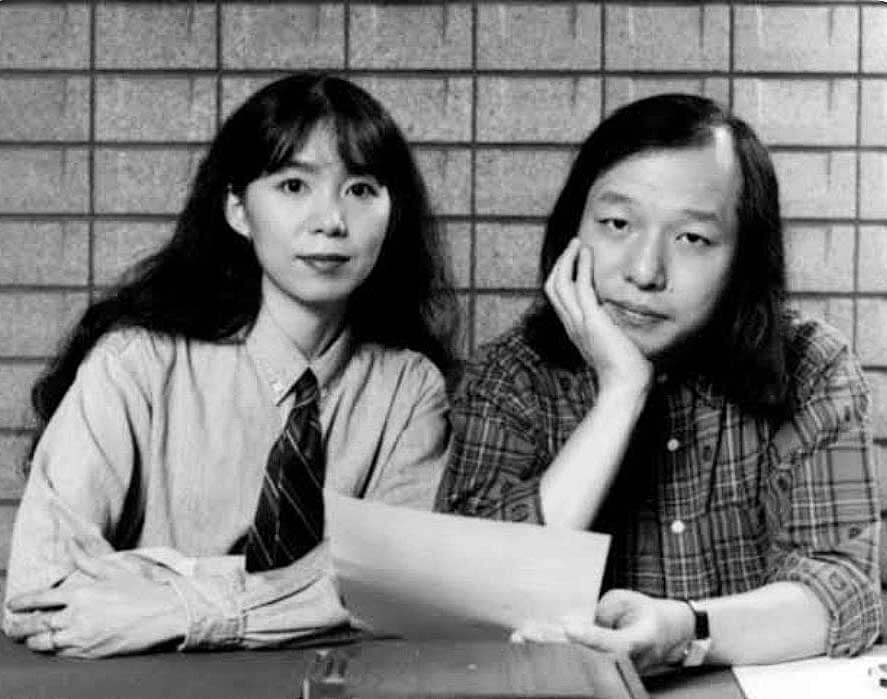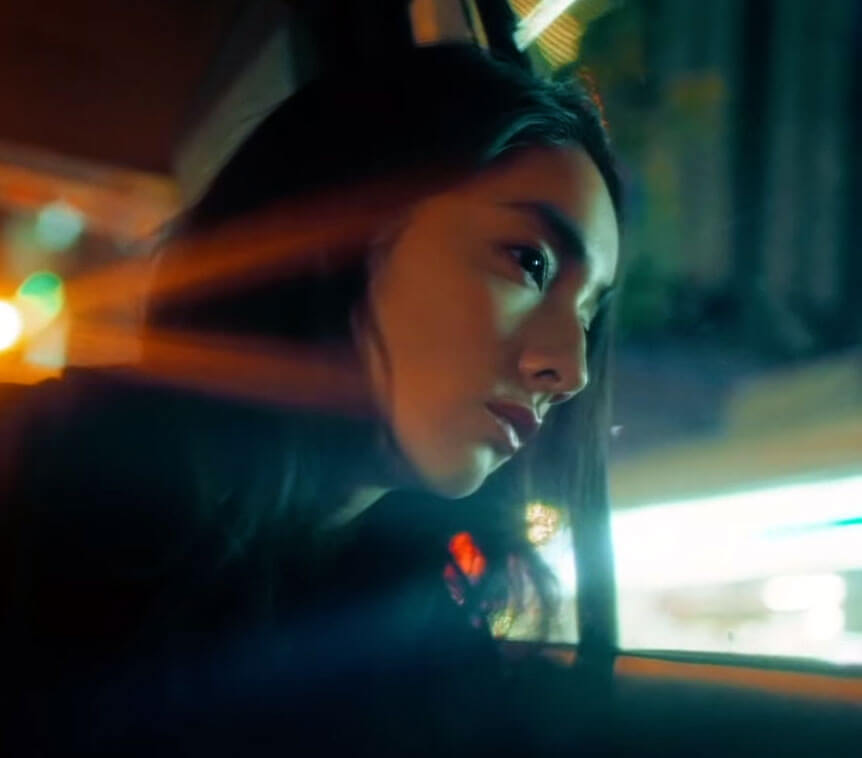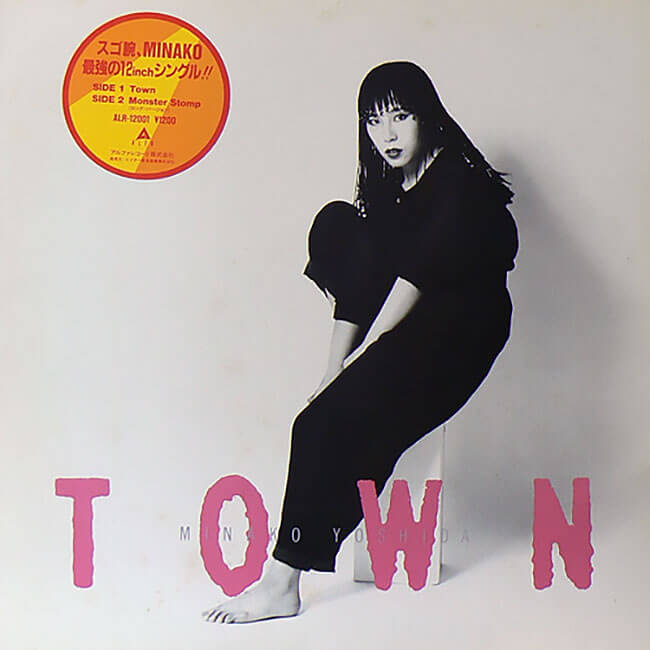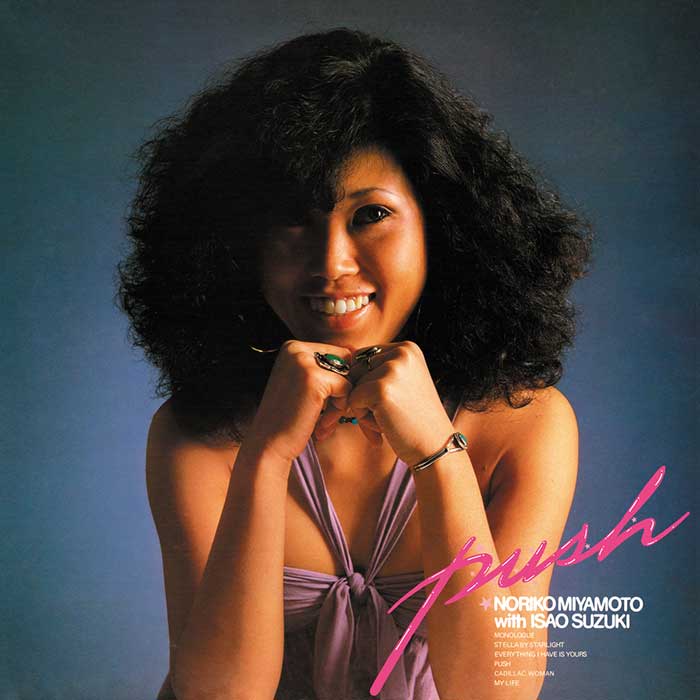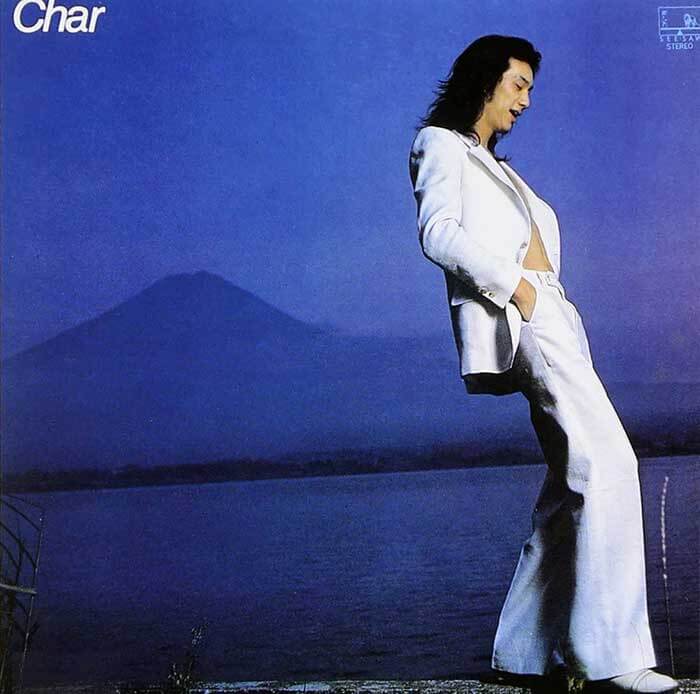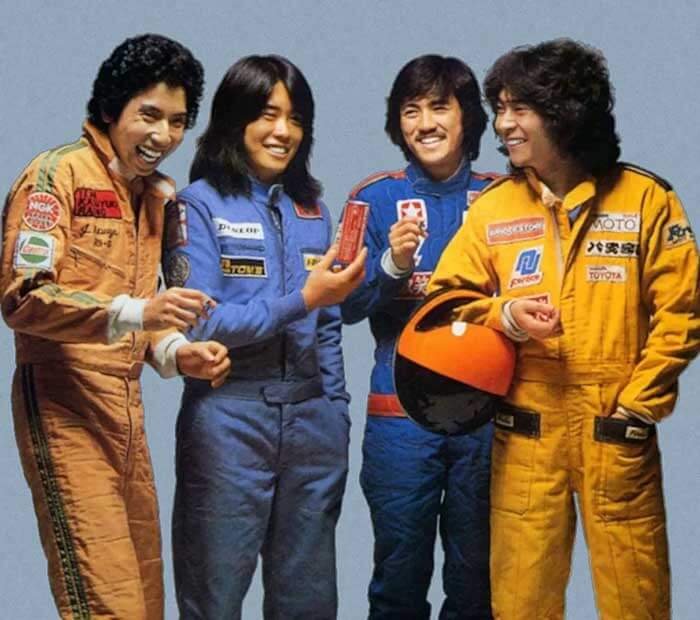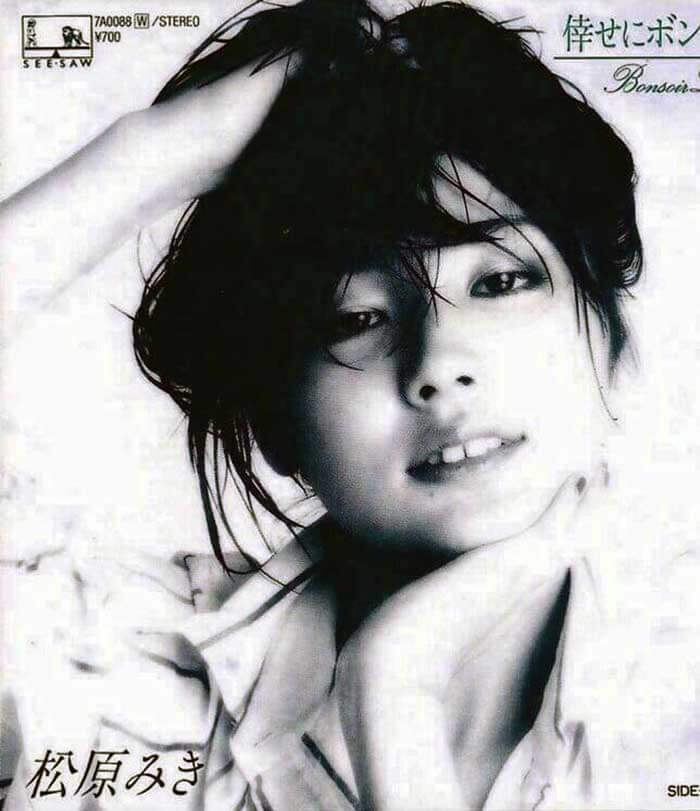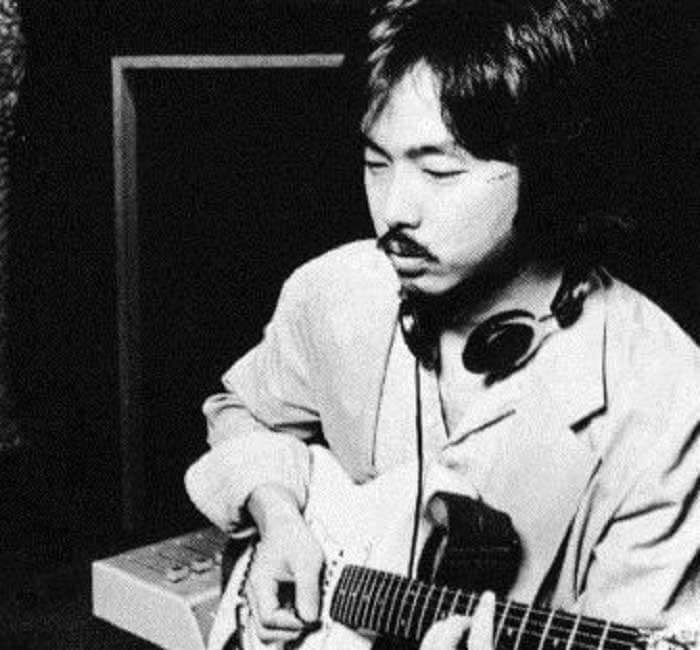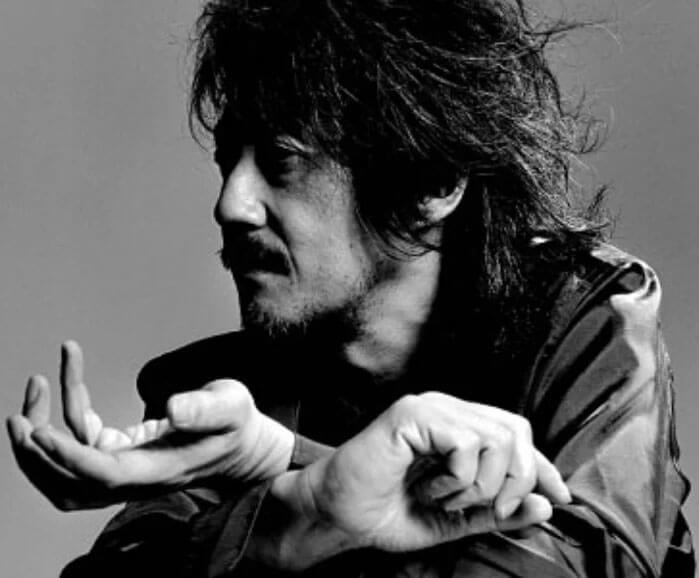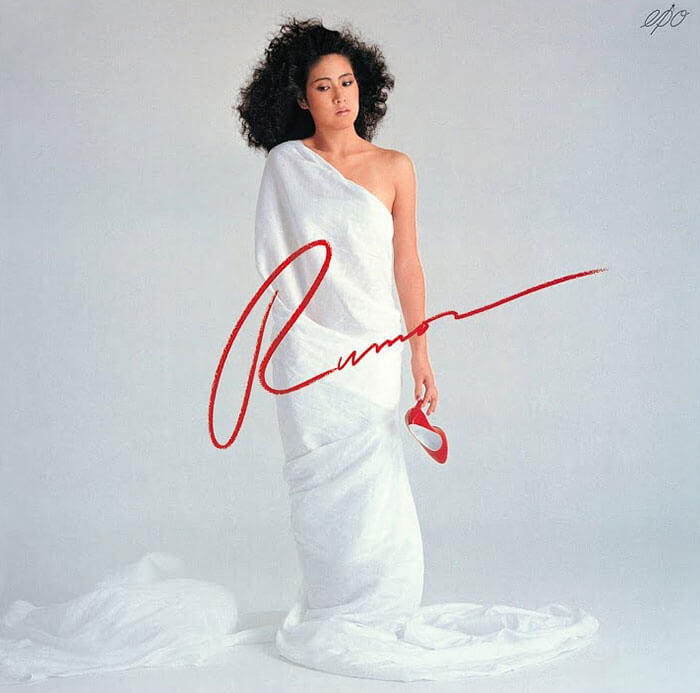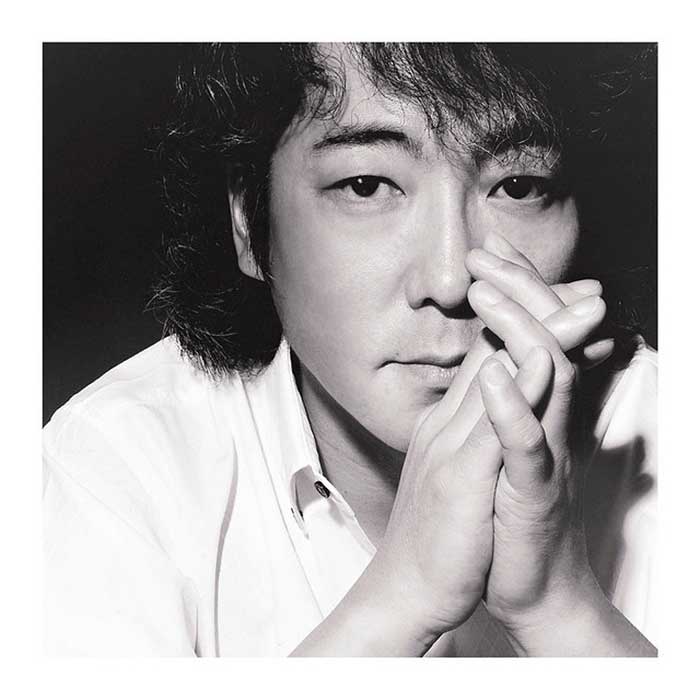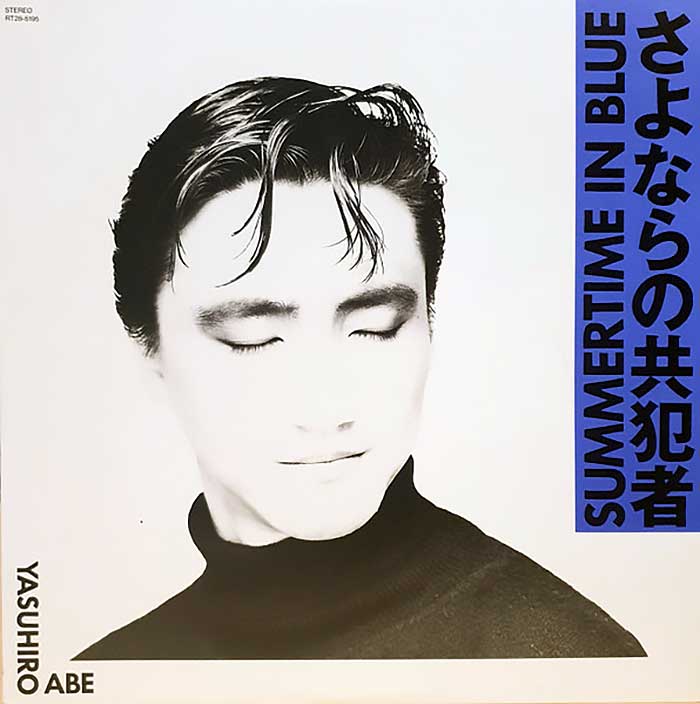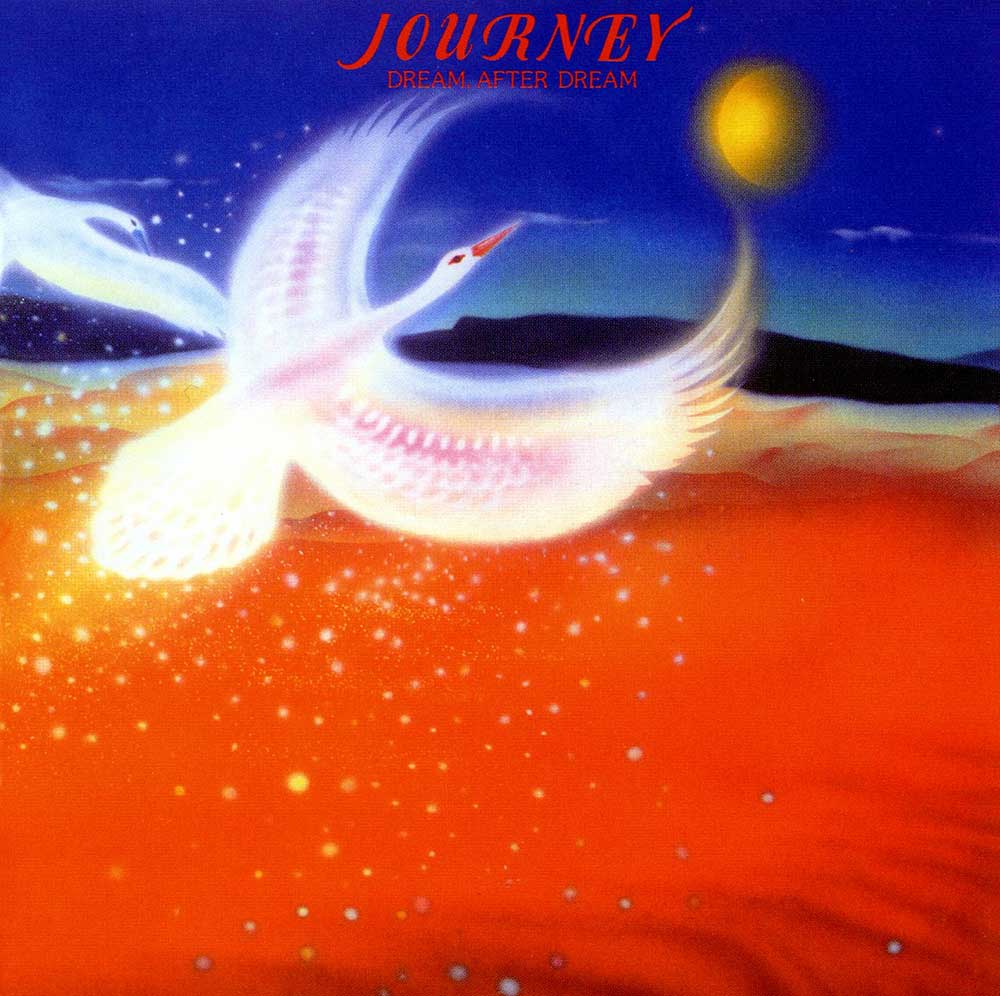”The so-called City Pop is not a well-defined genre. Having taken inspiration from various other styles, especially American, it is more considered a contamination than a real musical genre, indeed even the name City Pop has no very specific origin and simply refers to music that projects an "urban" atmosphere and whose target is city dwellers.
Lorenzo
City Pop emerged in the late 70s, reached its peak in the 80s and then declined in the “grunge” era of the 90s, even ending up being mocked by the new Japanese generations, thus falling forgotten until the early 2000s when it underwent a relaunch through music sharing blogs and Japanese reissues of reference albums.
As a result, it has spread internationally and has become the founding basis of musical phenomena based on the copy-paste of samples such as vaporwave and future funk.
The so-called City Pop is not a well-defined genre, having taken inspiration from various other styles, especially American, it is more considered a contamination than a real musical genre.
In reality, even the name City Pop does not have a precise origin and simply refers to music that projects an “urban” atmosphere and whose demographic target is city dwellers.
Its origins are identified both in the Tin Pan Halley band of Haruomi Hosono, which fused R&B, soul and jazz fusion with tropical Hawaiian and typical Okinawan music, and in the album Songs by Sugar Babe, the project with which they debuted in 1975 Tatsuro Yamashita and Taeko Onuki, considered the founders of City Pop, of which Yamashita is considered “the King” and Onuki one of the most important composers.
The producer of the album, Eiichi Ohtaki, was also part of the match, the third founding pillar of the genre and from this we can understand the importance of Songs.
The Sugar Babe album, to which the birth of City Pop is attributed, is a great Westcoast album with enormous reminiscences of Beatles, of Todd Rundgren of Runt and Something/Anything and of Carol King who in fact at the time copied the style from Rundgren.
The album slipped incredibly quietly upon release only to rocket straight to number 3 when it was reissued in ’94.
So the origins of City Pop can be identified as an offshoot of Japanese “new music” influenced by American folk but came to include a wide range of styles – including AOR, soft rock, R&B, funk, boogie, jazz fusion, tropical, Latin , new wave – which were associated with Japan’s nascent economic boom.
Consequently, the movement was also identified with the new Japanese technologies of the time such as the Walkman, portable stereos with cassette recorders, FM stereo radios with cassette players and various musical instruments such as the Casio CZ-101 and Yamaha CS-80 and the Roland TR-808 drum machine.
In short, City Pop was music made by city people for city people with the aim of acting as a joyful soundtrack for free time and promoting the commercialization of the city’s technological lifestyle and was, to all intents and purposes, the Japanese answer to synth-pop and disco.
However, the trademark of this “good mood factory” are impact melodies (relaxing or energetic), sparkling and smooth sounds, extreme care of the arrangements and production and highly competent musicians, mostly coming from the Japanese jazz and fusion scene with collaborations of mostly American western musicians, as was the case for jazz fusion of the time.
Musically, relatively advanced writing and arranging techniques were applied – such as major and diminished seventh chords – which are drawn directly from the easy jazz and American soft rock of the time such as that of Chicago, Steely Dan and the Doobie Brothers.
The popularity of this music reached such levels that it was everywhere, even included in the soundtracks of anime, films, TV shows and later video games, thanks to the influence it had on instrumental jazz fusion bands such as Casiopea and T-Square, which subsequently influenced Japanese video game music themselves, in fact.
City Pop was therefore booming and worked like a perfectly oiled engine until the crisis of 1991 and the arrival of the “grunge” era brought down the market.
Then many young Japanese, who had grown up with this type of music, began to consider City Pop as cheap, mainstream and disposable music, going so far as to call it ‘shit pop’ in preference to the typical Grungian depression of the period.
City Pop ended in a twenty-year hiatus interrupted by the 2010 revival with the reprinting era and later new records by patrons of the movement.
City Pop artists – some examples
We have already talked about the “King” of City Pop, Tatsuro Yamashita, who often worked in pairs both with his wife Mariya Takeuchi, another ace of this music, and with former Sugar Babe colleague Taeko Onuki.
Yamashita, a perfectionist who has never stopped producing his own music and producing other artists, among the many songs sees his workhorse in the famous Ride on Time, a reference point for City Pop compilations, which in 1980 brought him to the number 3 in the charts definitively launching him as the main star of the movement.
Mariya Takeuchi has written songs for practically everyone, as an interpreter she has always been produced by her husband Yamashita and in 1984 she launched the famous Plastic Love.
Considered the principal song of the genre, it is an authentic display of writing and arranging class that saw a second life with the 2017 remix and the related mini-film that was quickly spread by the YouTube algorithm, immediately returning to the fore on international circuits.
Takeuchi says of her song: «I wanted to make a song that was at the same time rock, folk, country, but also danceable, something with a typical City Pop sound.
The lyrics tell the sentimental situation of a woman who has lost the love of the only man who is truly important to her. It doesn’t matter how many other men are trying to seduce her; she is unable to stop the feeling of bitterness and loneliness that this loss has left her and she feels every flirtation as a sad fiction».
The incredible power of sadness mixed with an apparently happy musical base… but nothing is really happy here, It’s the japanese way and it’s mesmerizingly perfect 💙
Minako Yoshida is not well known but she sees her strength in being the main co-author of Yamashita, who put his typical touch of a precise and ingenious producer in the arrangement of Town, a pulsating and rich funk wall both in the instrumental part and in the in vocal power and choruses, all supported by screaming saxes, piercing guitar interventions and sirens in a sort of powerful Japanese answer to Chaka Khan.
Noriko Miyamoto, owner of a splendid jazz voice with a soft and powerful timbre, made her debut in 1978 with the album Push, written and played by the great double bass player Isao Suzuki from whom we point out the gem My Life with lyrics by Kazumi Yasui, a fascinating lyricist and poet, already author in 1971 of the album of poetry set to music Zuzu.
My Life, which we find at the end of the album, is a soft and nocturnal jazz funk track full of wonderful blackish vocalisms and double bass, guitar and electric piano improvisations. An instant classic, effervescent companion to romantic moonlight toasts.
Masayoshi Takanaka after founding the crazy Sadistic Mika Band chose a fruitful solo career becoming famous as a band leader guitarist, almost a sort of Japanese answer to Santana with whom he also shares the use of the Yamaha SG 2000 and very similar sounds despite being his music much more oriented towards pop, Brazilian flavors and crazy experimentation with extensive use of synthesizers and choirs.
He is perhaps better known and appreciated for his intense live performances than for the great fusion records he produced in the late 70s and mid 80s.
But remaining in the City Pop area, let’s take this splendid live version of Nagisa Moderato as an example.
Char is another top Japanese guitarist.
Beloved like a national hero by his own people and peers, he is indeed a guitarist of immense impact and charisma who, despite having his only major commercial success on his 1976 debut album, is still sold out in arenas.
Smoky is a great song of fast-paced funk with nice saturated guitar shots.
CASIOPEA, the legendary jazz fusion band led by guitarist Issei Noro and which has always had a strong connection with both the City Pop movement and Yamaha instruments, in 1980 published the classic Make Up City from which the energetic Twinkle Wing is taken, one of the most beautiful examples of an instrumental leaning on City Pop and from which music for anime and videogames will derive.
Miki Matsubara in 1980 gave a great example of the transition period between soft funk disco and futuristic 80s City Pop with another great classic, Stay With Me, her biggest success of an unfortunately short career having passed away while still young.
Makoto Matsushita, incredibly semi-unknown, is a great skilled guitarist and a very good composer of music and songs with a personal intimate style.
While he has worked a lot as a session musician and collaborator in various projects, his unfortunately few solo albums are of notable class and beauty but very little known to the Japanese themselves, two of which contain songs perfectly attributable to City Pop, resulting perhaps the only concept albums in this musical movement.
The two albums, however very different from the typical City Pop songs despite being so in all aspects, are First Light and The Pressures and The Pleasures (a sort of intimate concept about the city and the stressful and solitary life of the managers) from which we point out This Is All I Have for You and Carnival: The Dawn.
Mai Yamane, gifted with a splendid soul voice, made her debut in 1980 with Tasogare, a great album produced, arranged and played by Makoto Matsushita
Having become an established singer over time, Yamane transformed into into a cult musician at the end of the 90s thanks to her participation in the soundtrack of the famous anime Cowboy Bebop, of which she also performed the splendid closing song The Real Folk Blues.
Akira Inoue, mentor of other well-known artists in the City Pop scene, in 1983 gives us a perfect example of how the New Wave can enter the City Pop with the great class and emotional movement of his Samayoeru Holland-jin no you ni.
Eiko Miyagawa aka Epo. A multifaceted and fascinating personality, Epo is a sort of muse who is herself a creator.
Protected by the couple Yamashita/Takeuchi and became a cult name in the pop scene of her country, she is a musician, composer and therapist.
Musically she has ranged between city pop, new wave, authorial and the weirdest J-pop.
Her song Escape is sparkling like a piece by Hall & Oates sung in the style of Corinne Drewery of Swing Out Sister which here, however, she seems to have anticipated by a few years.
Motoharu Sano is one of the reference figures of Japanese rock music and an eclectic musician for whom City Pop represented only a passing moment and his 1984 song Tonight, which fully reflects him, seems like an amusing mix between the music for an anime and a Billy Joel song.
Yasuhiro Abe made his debut in 1983 with this entertaining We Got It, which sounds like a beatlesian AOR-style song from Utopia‘s 80-82 period, as if it were a song from Deface the music or Swing to the right or Utopia sung in Japanese.


